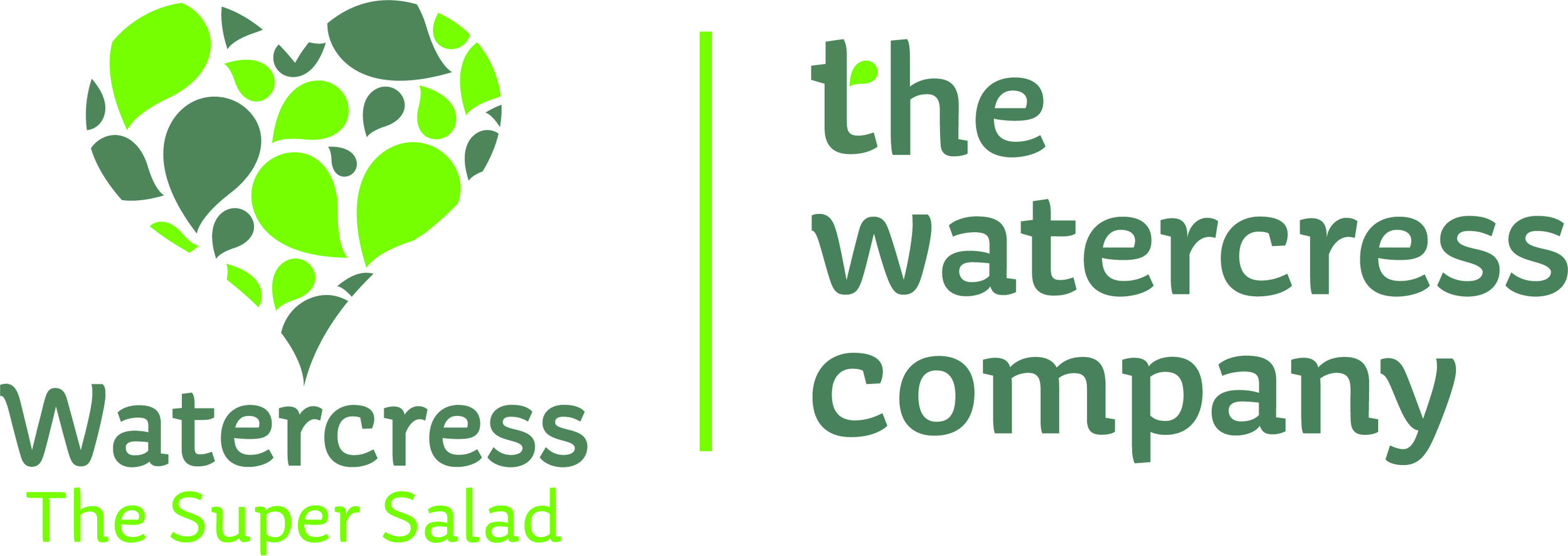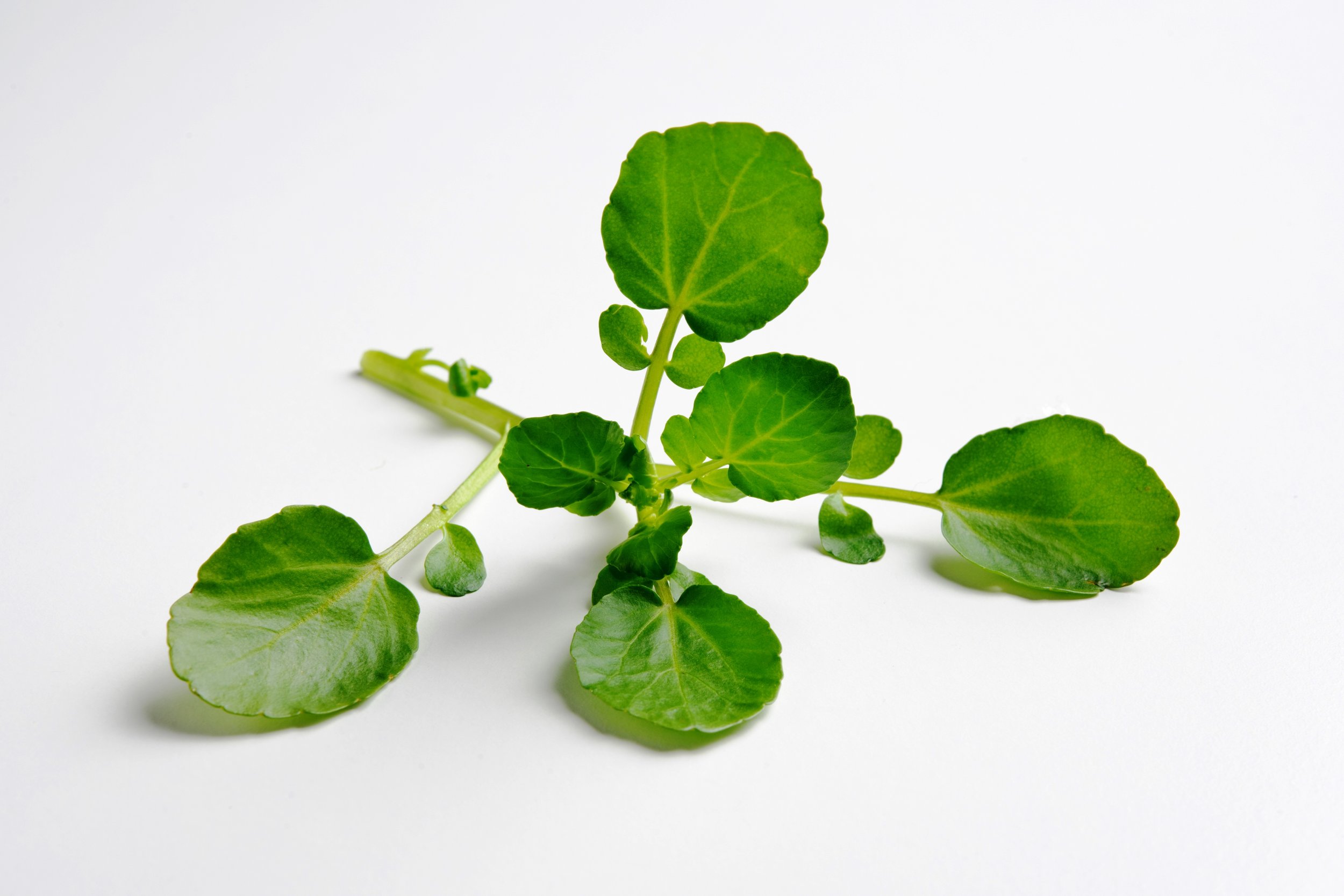Watercress – Traditional Speciality Guarantee
Watercress is now TSG certified!
TSG stands for Traditional Speciality Guaranteed. It’s part of a scheme that protects food products and aims to guarantee quality. To obtain TSG status, products must meet a strict set of criteria. TSG specifically relates to products that are produced or manufactured following a traditional method.
This is a real step forward for several reasons. Firstly, the scheme works to ensure quality, as anyone producing the product must meet the criteria. Failing to do so means the product may not be marketed under the protected name. We know that we meet the criteria, and so can guarantee a quality product. It also helps to differentiate between products that are similar. In the case of watercress, it is widely recognised that many growers sell land cress under the name “watercress”, but TSG certification will help put an end to that.
So, what’s so special about watercress?
We have been working towards this day for years. We’ve long felt that watercress should be protected as it takes a very special set of circumstances to grow and maintain. Primarily, watercress is an aquatic plant (the clue is in the name!) but there are many types of cress that are grown in soil and marketed as watercress.
The new TSG protection means that commercially grown watercress will only be recognised as such if it has been grown from Nasturtium Officianale seed in aquatic crop beds that are supplied by flowing water. Anything else mustn’t be labelled as watercress.
It might not sound like a big deal, isn’t cress all part of the same family anyway? Not quite. Watercress has some unique qualities that just aren’t present in land cress! You wouldn’t want to be eating land cress thinking you’re getting the health benefits of watercress. On top of this, it’s been noted across sensory studies that watercress has a stronger colour and flavour, which most people prefer.
This strong flavour is due to a compound called phenylethylisothiocyanate (PEITC). This compound is only found in watercress and is generated when the plant is attacked (i.e. when you chew it). PEITC is undergoing research for its wondrous health benefits, including cancer-fighting properties.
Given all of this, it would be misleading to market land cresses as watercress and after striving for this for many years, we’re so excited that it has come to fruition.
For greater detail, you can read the product specification of watercress, or check out the health benefits of watercress to understand why this is so important.


